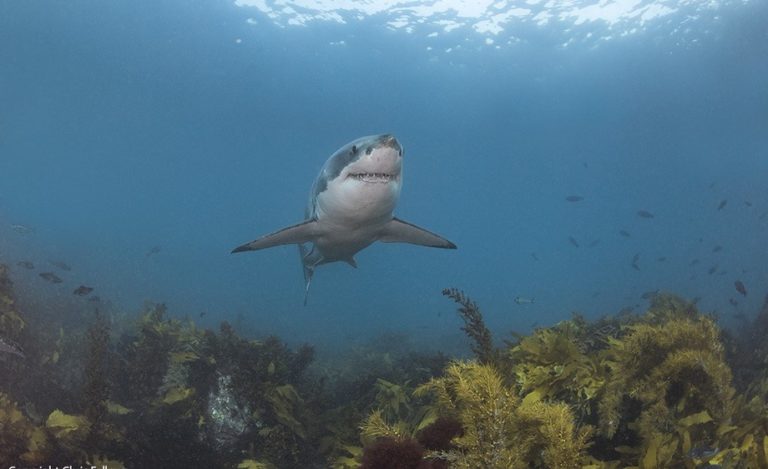By Courtney Cooper
Why Hammerhead Sharks Have Such Funny Heads
The Hammerhead Shark is one of the more peculiar looking creatures of the ocean. They are identifiable by their distinctive flattened head and an eye on each side. There are nine species of these sharks, the Great Hammerhead, Smooth Hammerhead, Smalleye Hammerhead, Bonnethead, Scoophead, Scalloped Hammerhead, Scalloped Bonnethead, Winghead Shark and the Carolina Hammerhead. All these species are under threat and most of them are endangered. We explore the significance of the hammerhead shark’s hammer-shaped head. For another interesting read, visit our shark facts rundown. Apex Shark Expeditions provides the best cage shark diving Gansbaai
Evolution of Hammerhead Shark Heads
Have you ever wondered how the hammerhead got their famous heads? They lived in the Early Miocene epoch, which was about 20 million years ago. Their heads weren’t always shaped in the manner that you see today. Evolution is thought to have occurred in different ways, in the different species, over time as the shark adapted to its environment. The Winghead is the species thought to be the most basal member and is the largest of the hammerhead sharks. Interestingly enough, although their head changed shape over time, the internal parts within their head did not change volume.
The advantages of the hammerhead shark’s shape is an enhanced 360° vision. This means the shark can see above and below them the entire time. They also have incredible binocular vision and depth perception. Their flat heads have allowed their electroreceptors to spread further out, enabling them to increase their hunting parameters. Another advantage of their shape is that their head serves as a stability organ when making sudden and sharp movements. This new skill allows them to hunt their prey more effectively, which includes Stingrays, Squid, Octopus and various fish. Not only can they move fast, their heads provide them with lift and shift capabilities.
Their heads have given the shark many new advantages, however, they do have one disadvantage. They have a blind spot in that they can’t see directly in front of their nose.
You can find the hammerhead all over the globe, they prefer habituating in warmer waters along coastlines and continental shelves. Each species varies in length which can range from 2 feet to 14 feet long, with the Great Hammerhead and the Smooth Hammerhead being the largest. These sharks are not like most sharks, some species are known to swim in large schools in the day, and then retreating to solitary at night in order to hunt. They reproduce once a year, where the males mating behaviors includes viciously biting the female until she agrees to mate. The females are viviparous and give birth to live young, which is usually made up of 12 to 15 pups.

Over the years, the hammerhead shark population has declined. Like most sharks, overfishing, being hunted for their fins and being caught in fishing nets in their preferred warm water locations, are to blame. These sharks are incredible adaptors and they need to be protected and conserved.
You might also like the world’s strongest sharks.




